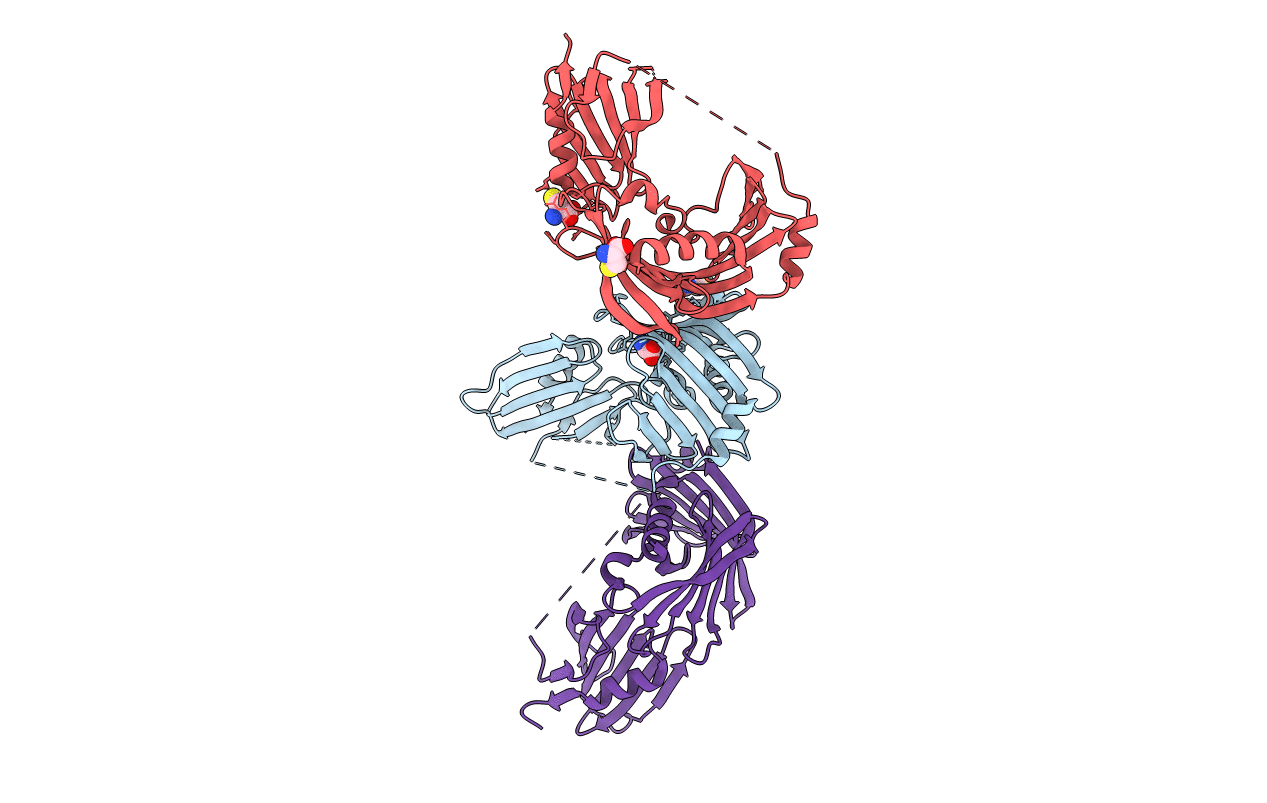
Deposition Date
2007-06-27
Release Date
2007-08-28
Last Version Date
2024-05-01
Entry Detail
PDB ID:
2V43
Keywords:
Title:
Crystal structure of RseB: a sensor for periplasmic stress response in E. coli
Biological Source:
Source Organism:
ESCHERICHIA COLI (Taxon ID: 469008)
Host Organism:
Method Details:
Experimental Method:
Resolution:
2.37 Å
R-Value Free:
0.27
R-Value Work:
0.22
R-Value Observed:
0.23
Space Group:
C 2 2 21


